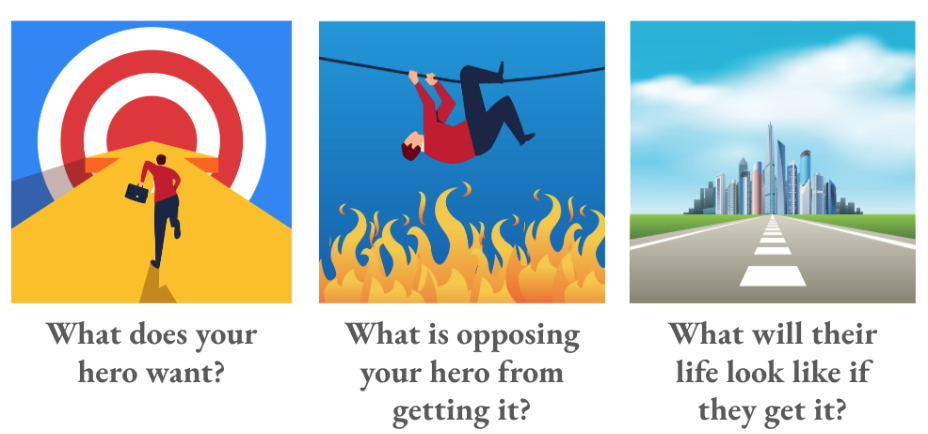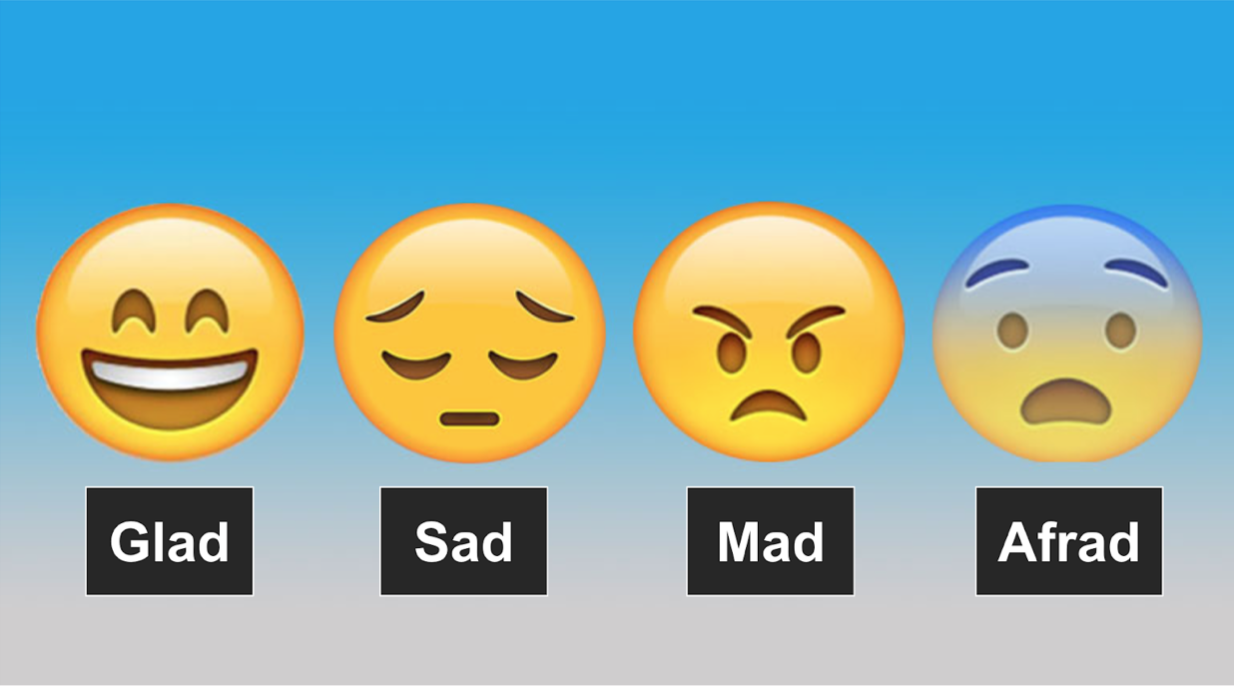How to Tell Stories Better
This is the final part of a three-part series on storytelling. The earlier entries are “3 Opinions on Stories” and “Identifying Good Stories in Your Organization.”
Finding the powerful stories that are hiding in your organization isn’t enough. You also have to make sure you’re telling them well.
Plenty can go into your organization’s stories, but you probably at least need:
- A Hero
- A Guide
- Structure
- Readability
- Emotion
Find Your Hero
Every story needs a hero. But you are never the hero of the stories you tell. The hero is the person you served, helped, delivered for, etc.
Try to answer these questions when telling a story about a hero:

All great characters have an inner motor—an itch they can’t scratch. Which means your job is not to tell stories about people to whom stuff happens, but about people who are driven to succeed (and maybe get some help along the way).
Include a Guide
We all know the hero of “Star Wars”: Luke Skywalker. But whom would he be lost without? Obi-Wan Kenobi.

And in “Harry Potter,” Harry depends on the guidance of Dumbledore.

Who is the guide in the stories you tell? Often, it should be your donors/funders/supporters. They need to be able to see their role in the hero’s adventure.
Insights, delivered.
You’re creating a way for the donor to imagine themselves in the story—e.g., “Without the help of a key donor, we would’ve had to close this great after-school program…” And your organization is the platform on which this hero’s journey takes place.
Create Structure
You could spend plenty of time delving into the Hero’s Journey and studying Joseph Campbell. But you don’t have the time or space to tell especially complicated stories.
You need to boil the classic, complicated Hero’s Journey into something simpler and more fool-proof. We call it “The Story Spine” and it goes like this:
The Story Spine
- Once upon a time there was…
- And every day…
- Until one day…
- And because of that …
- And because of that …
- And because of that …
- Until finally … (Usually where the donor comes in)
- And ever since that day …
Check Your Readability
Reading level matters. If you make your stories too hard to read, you’re going to lose people. Consider this: the average American adult reads at an 8th grade level. And 50% of Americans can’t read a book at the 8th grade level. That includes books like The Great Gatsby and most books by John Grisham.
To improve your readability:
- Shorten your sentences
- Shorten the length of your words
- Add more paragraph breaks
- Add more textual interest
Add Emotion
Emotions drive action. In fact, everything we do has some emotional dynamic to it. That includes your hero.
The best stories acknowledge this and use emotion to drive the action…

In the 1990s, there were two competing teen anti-smoking campaigns running at the same time.
One, the Truth Initiative, used provocative appeals that played on fear and anger.
The other, a fact-based campaign called “Think. Don’t Smoke.” used a more traditional, logical series of arguments for not smoking.
One used emotion. The other used reason.

A later study found that teens who had been exposed to the emotional campaign were 66% less likely to smoke, while teens who were exposed to the non-emotional logical campaign were 36% more likely to smoke.
The gist: You want your readers feeling, not thinking.
Once Upon a Time…
- Stories are more persuasive than claim-making because they force the audience to experience things from our point of view.
- Your team needs to be on the lookout for stories constantly. Look for popular plots like David v. Goliath, Odd Couples, and MacGyvers.
- The stories your organization tells need heroes, guided by your fearless organization. Make sure you’re structuring your tale well. Don’t use too many big words. Or long sentences.
- Don’t forget to tell the reader what to do next.
More Storytelling Resources
- Building a StoryBrand: Clarify Your Message So Customers Will Listen by Donald Miller
- Adventures in the Screen Trade: A Personal View of Hollywood and Screenwriting by William Goldman
- The Power of Myth by Joseph Campbell with Bill Moyers
- Made to Stick: Why Some Ideas Survive and Others Die by Chip Heath and Dan Heath




